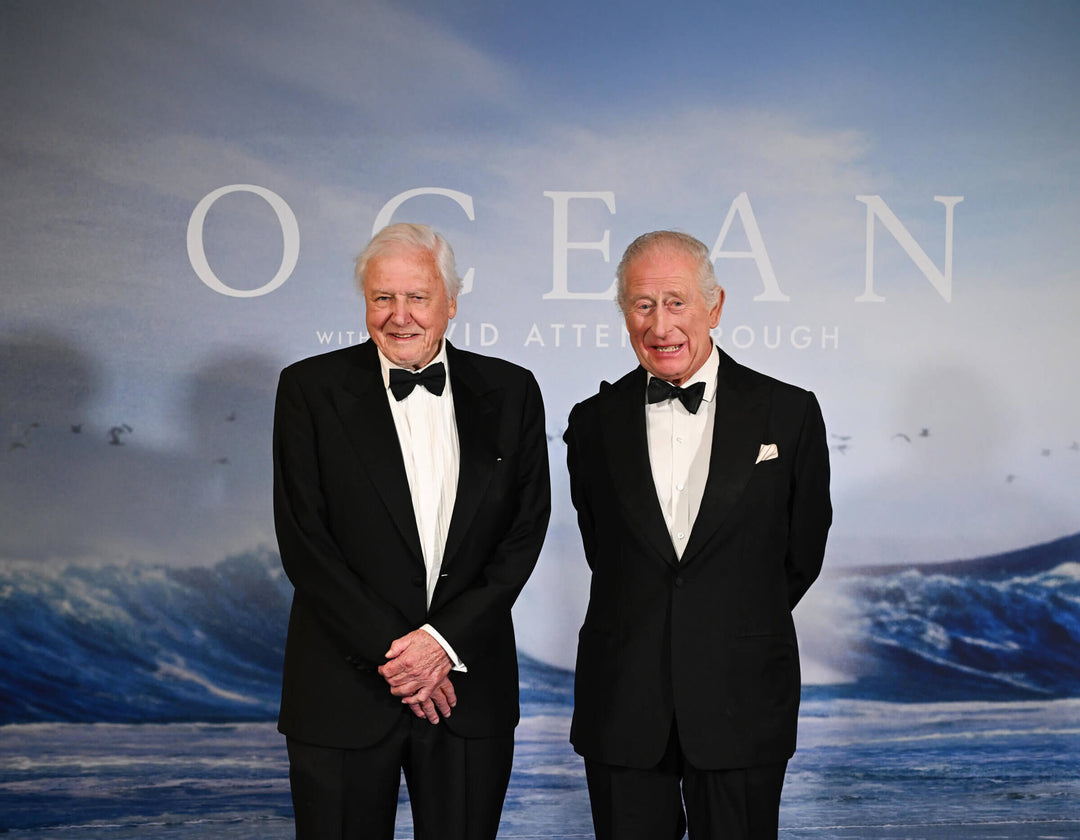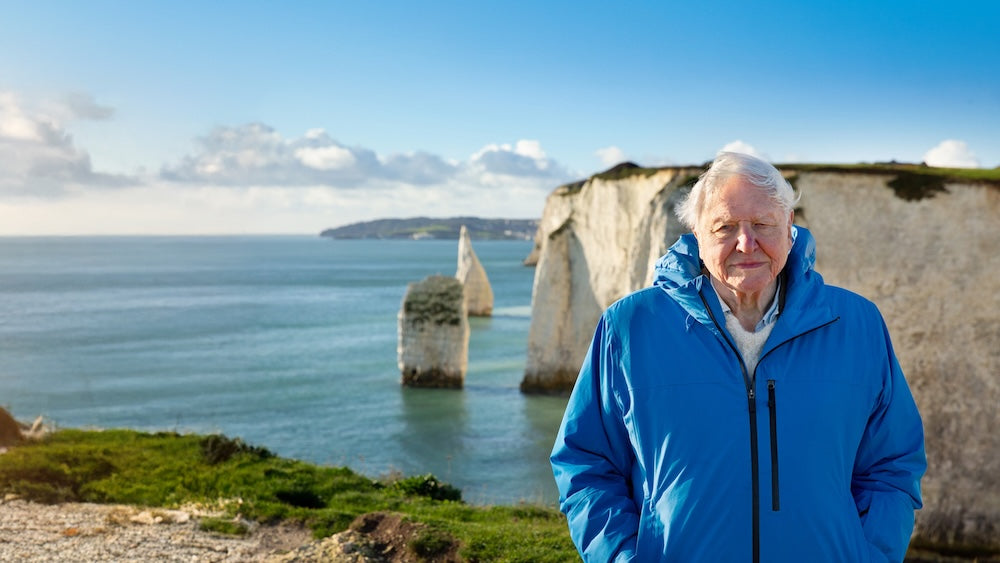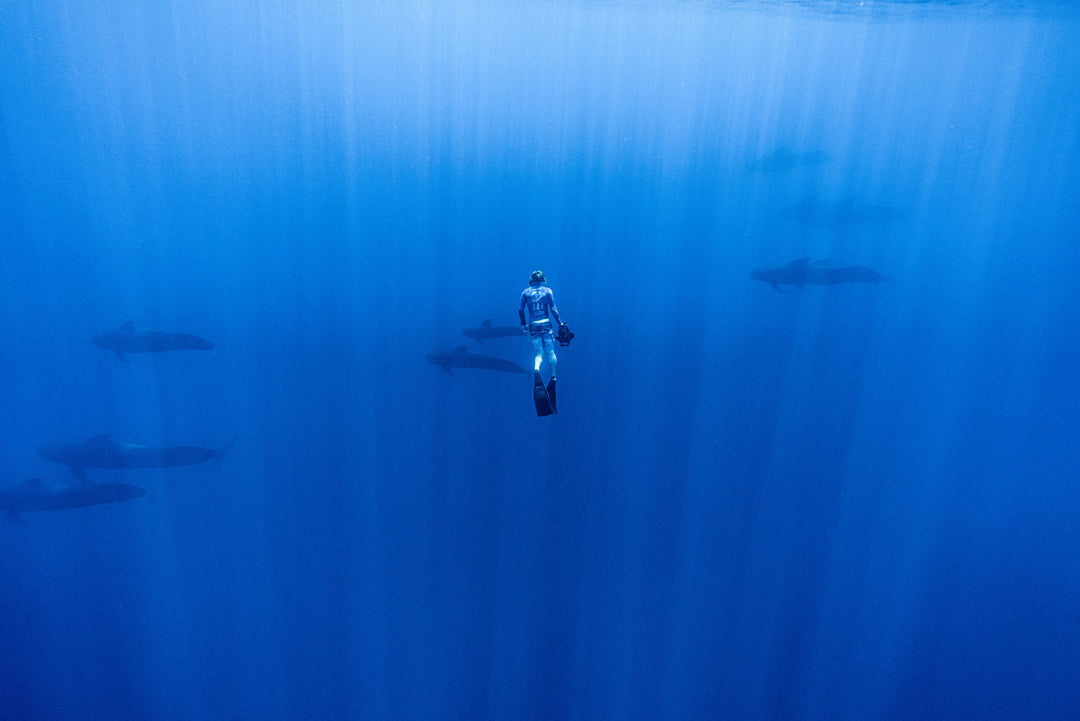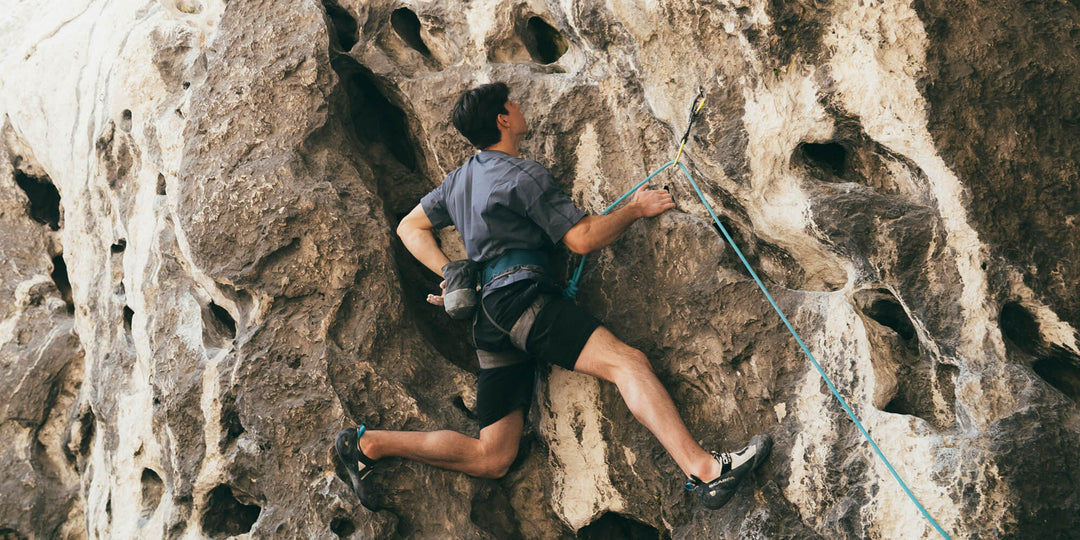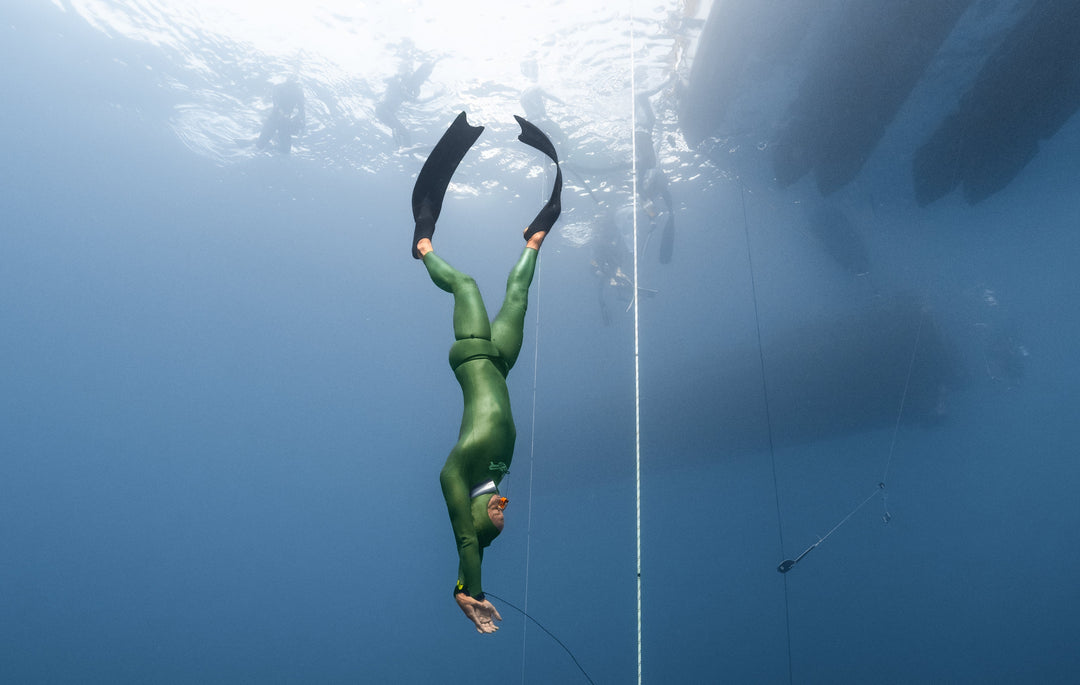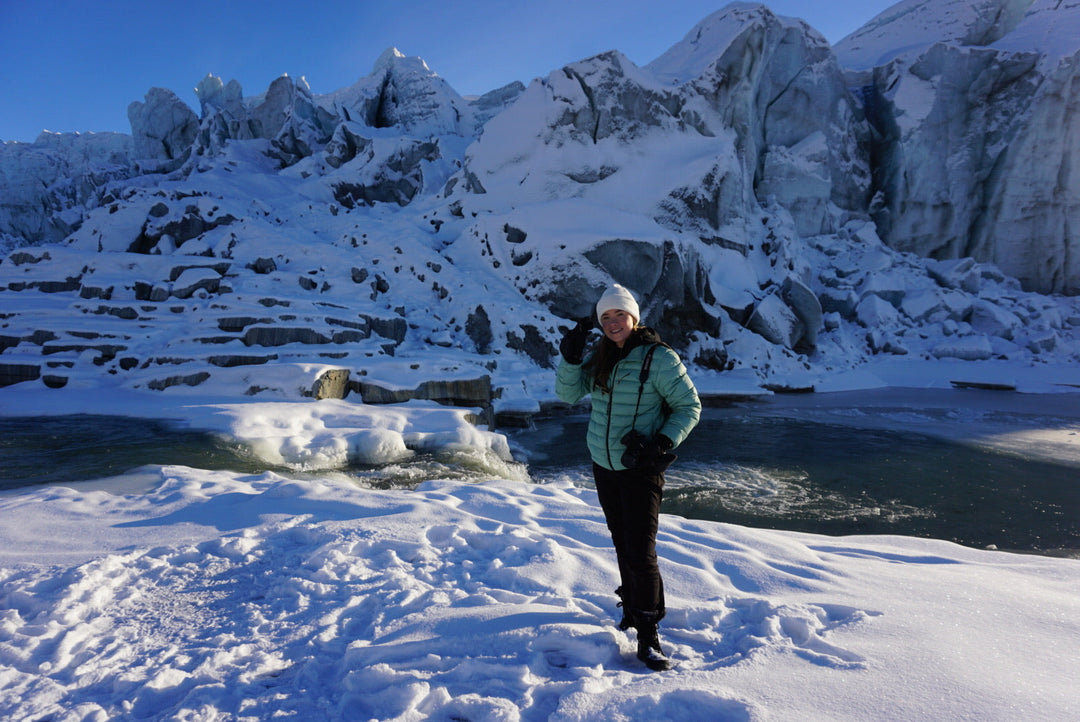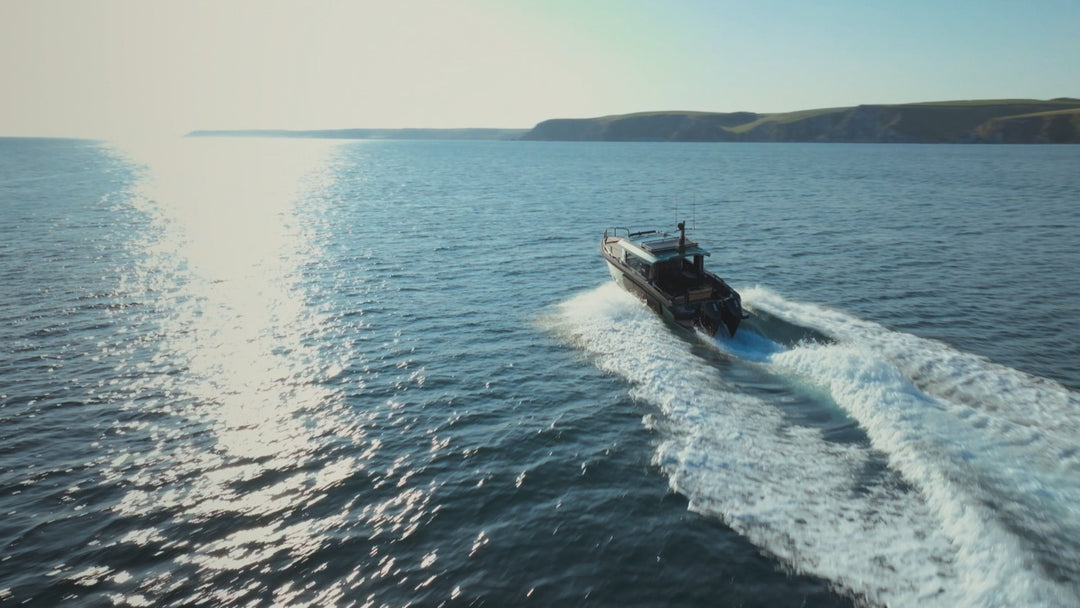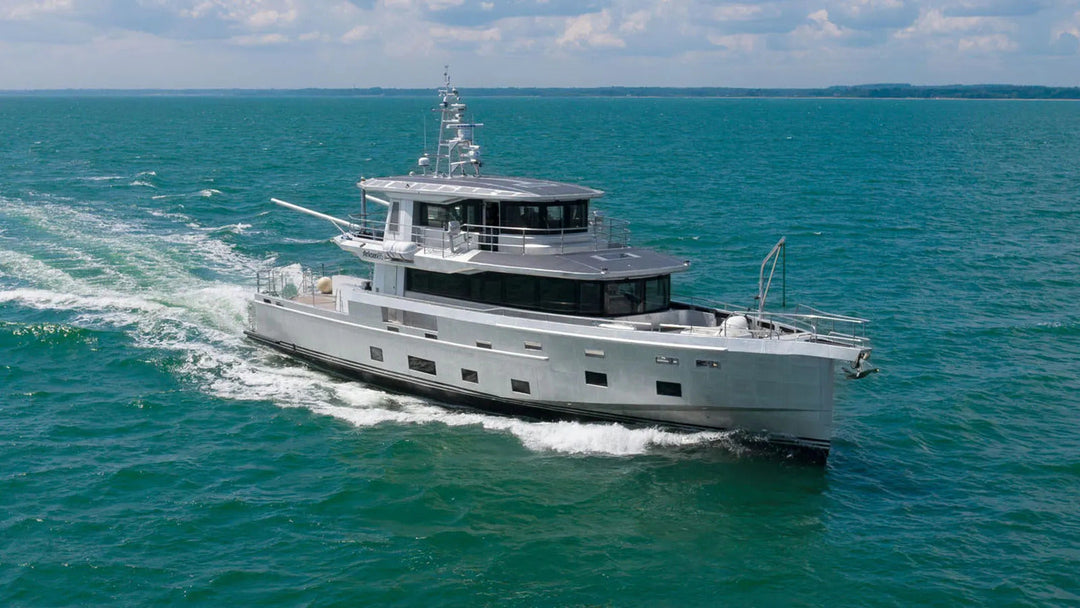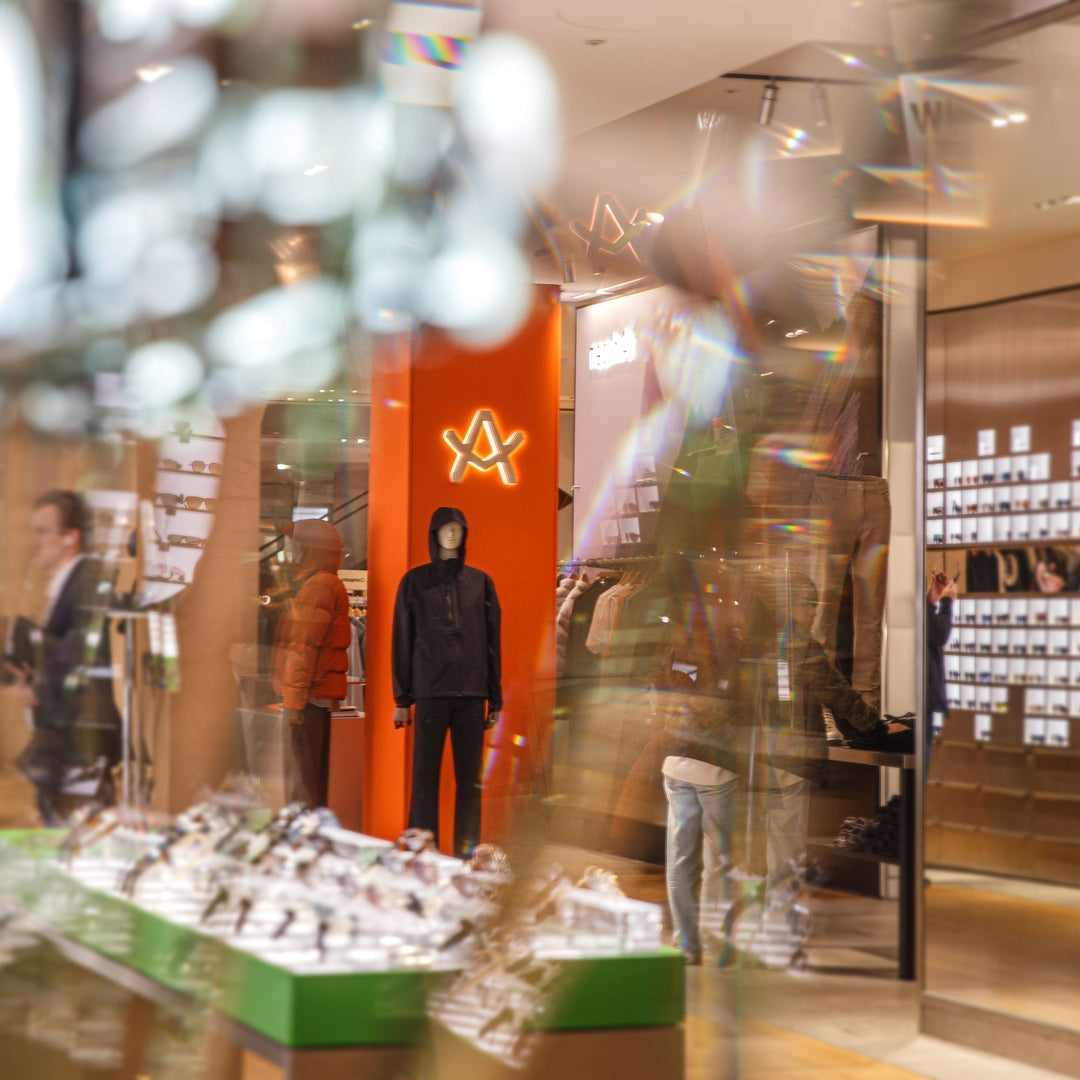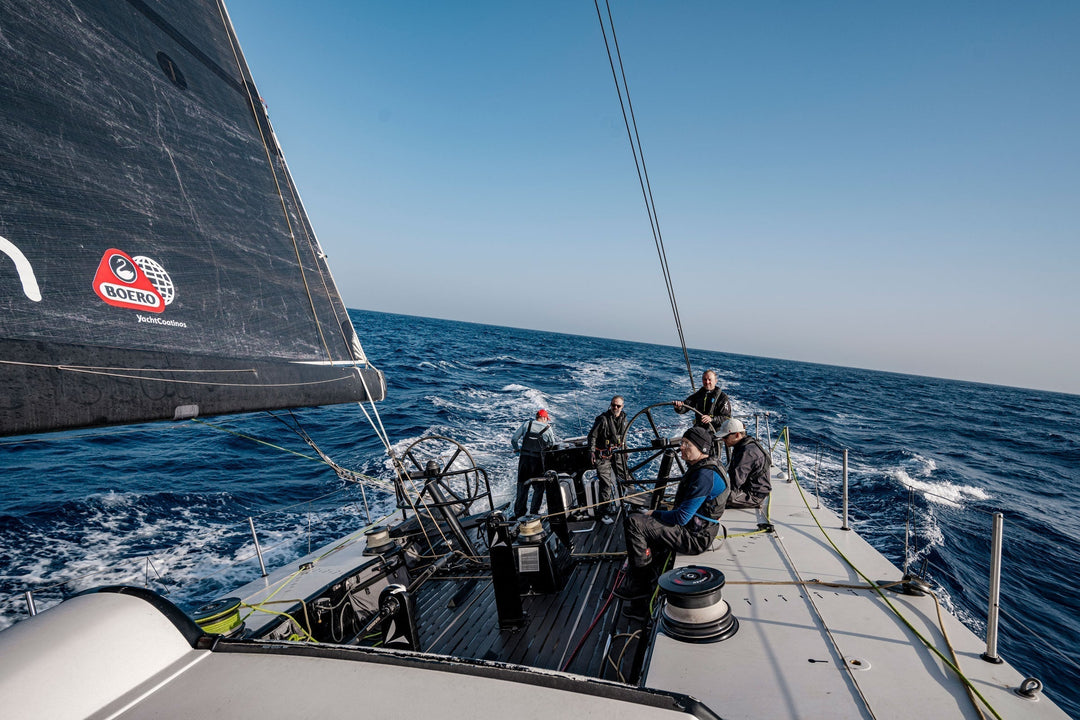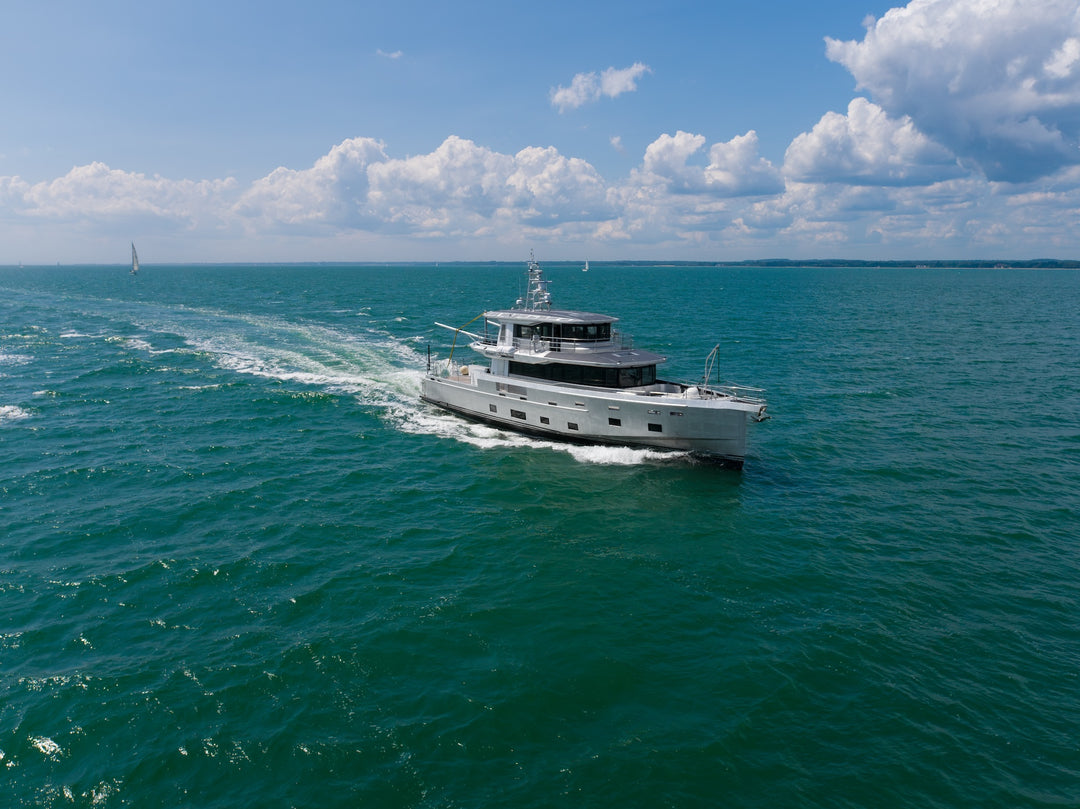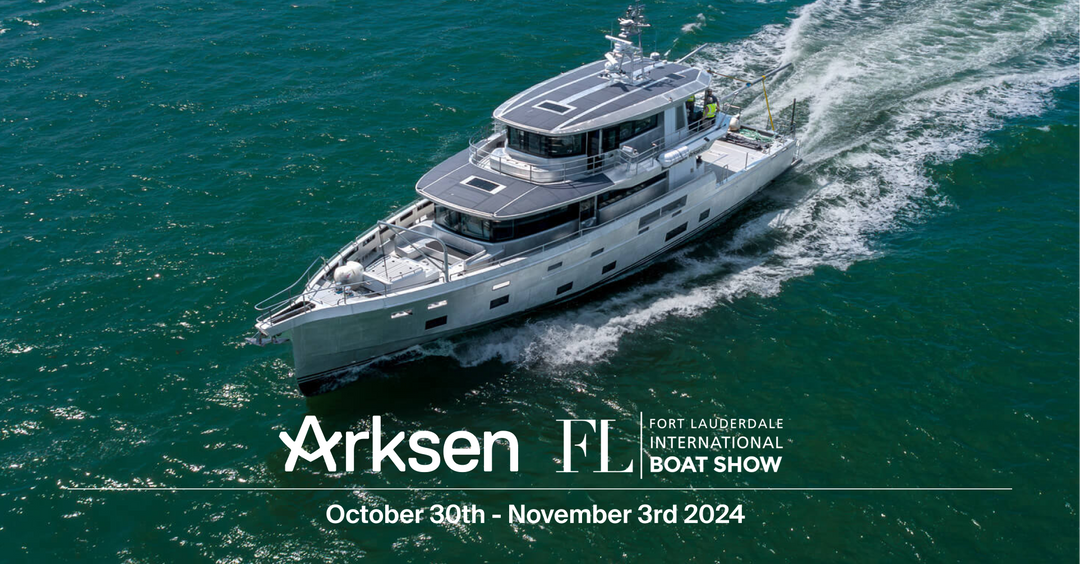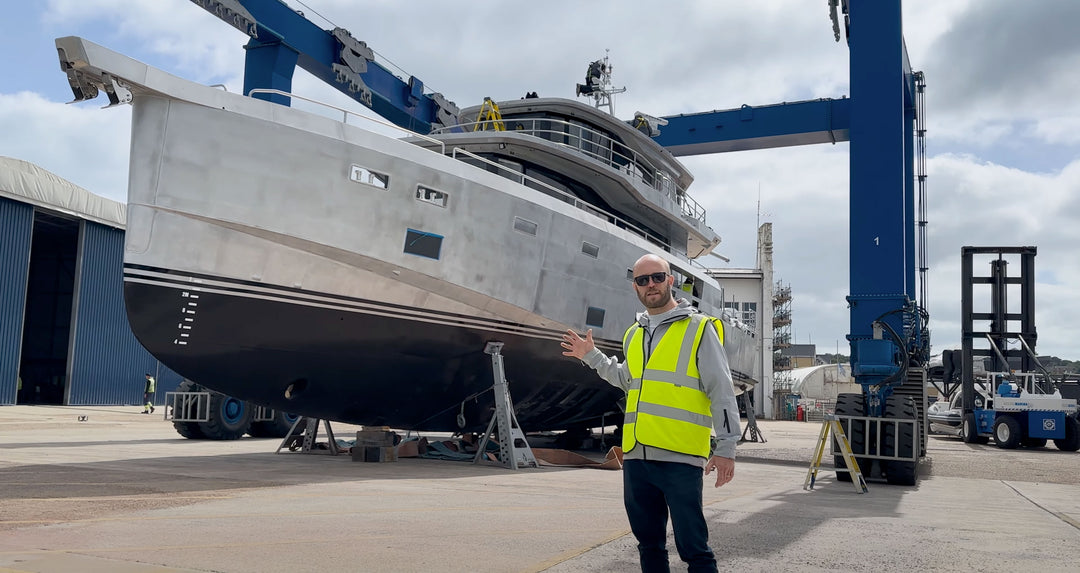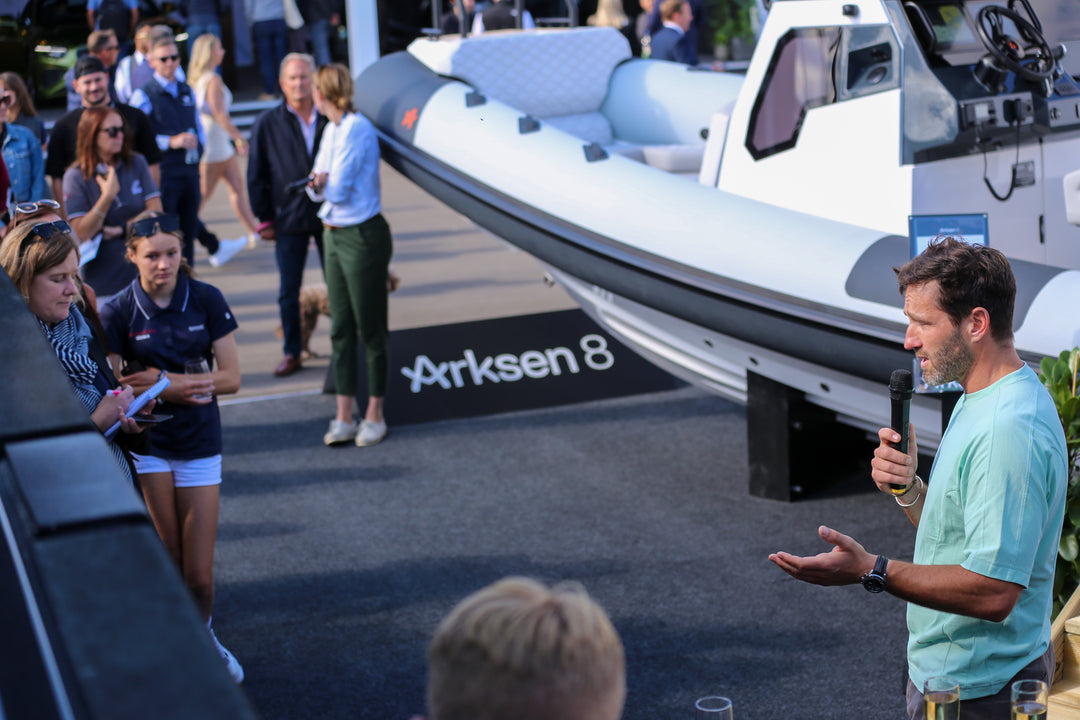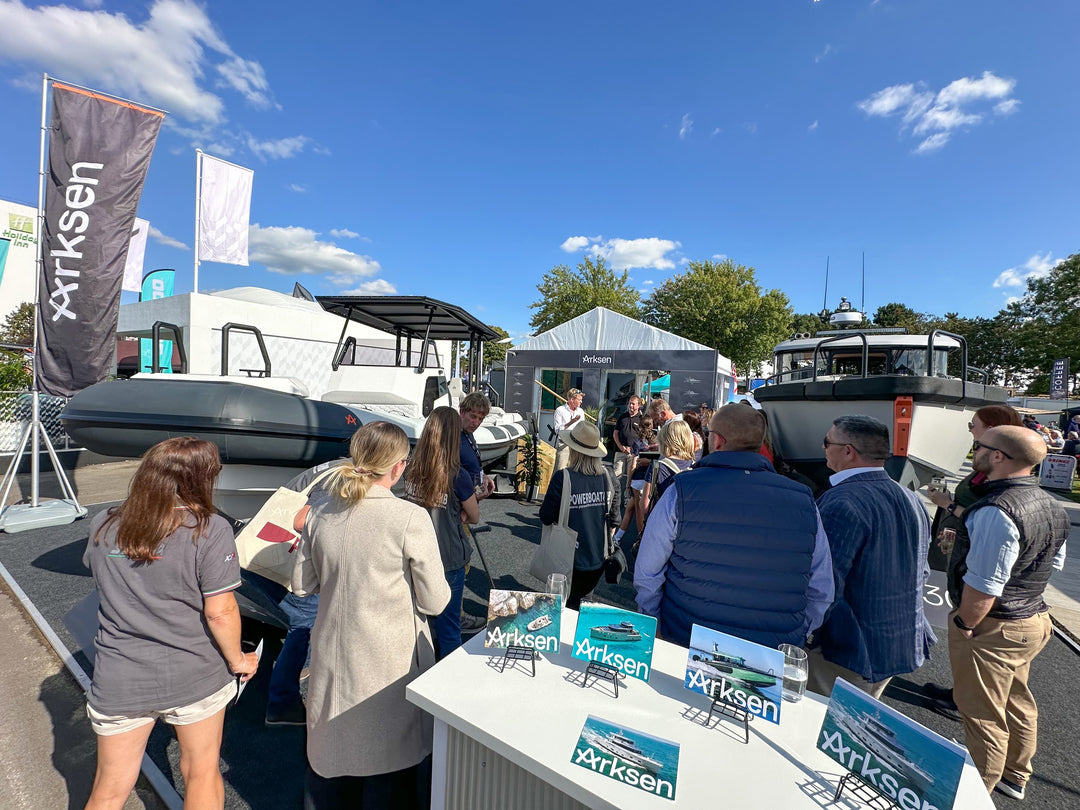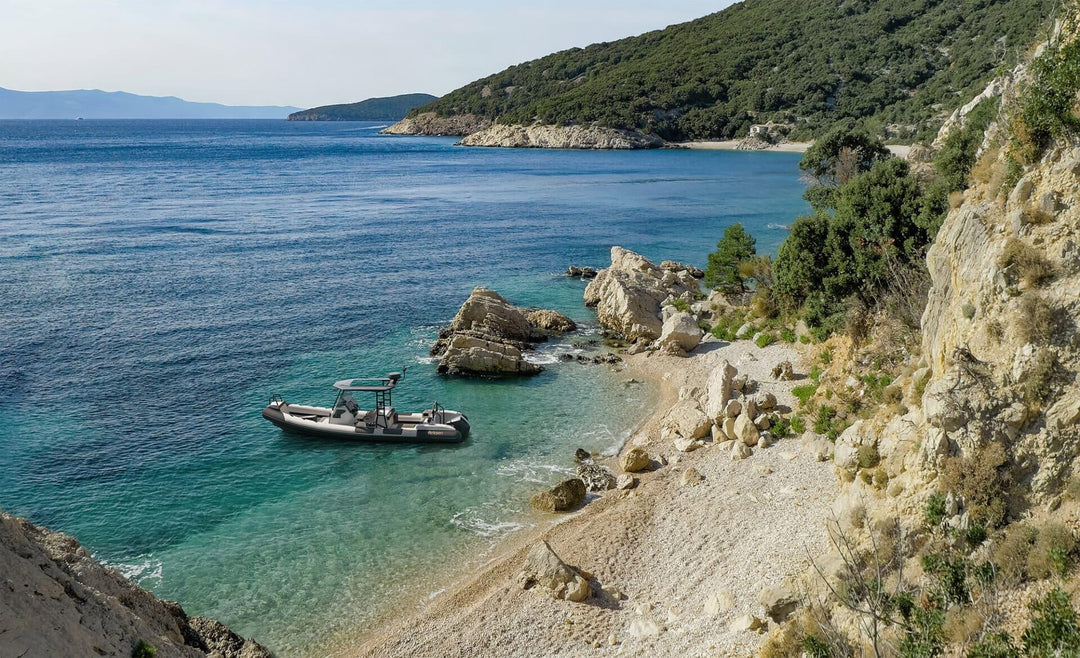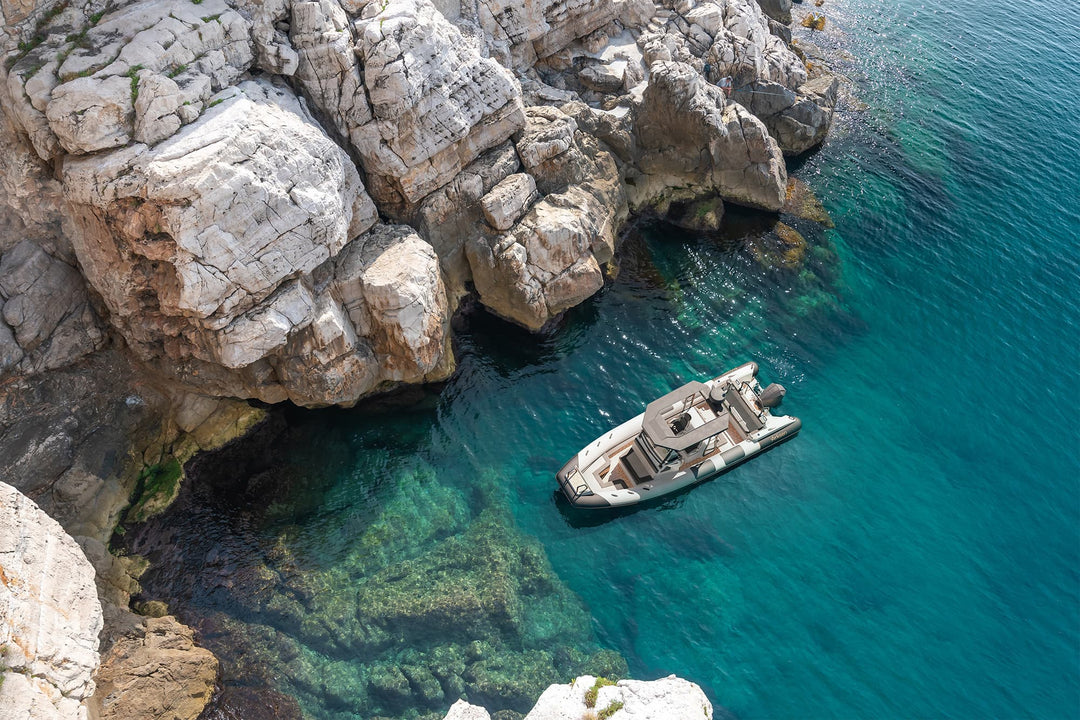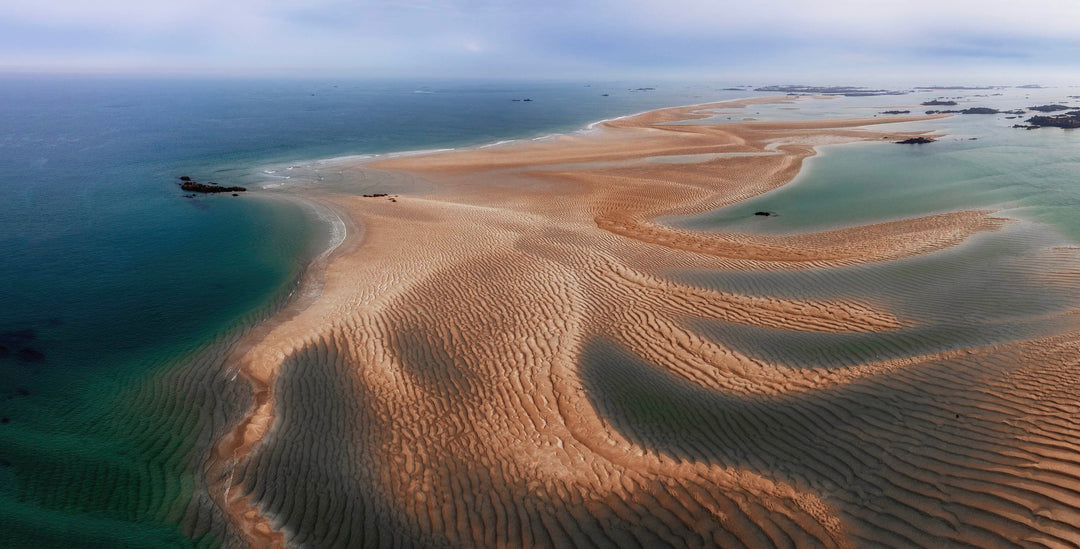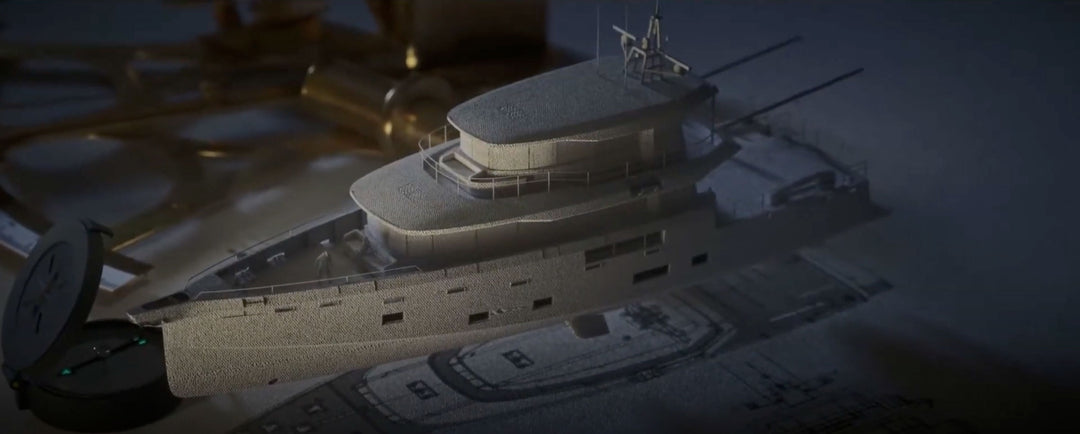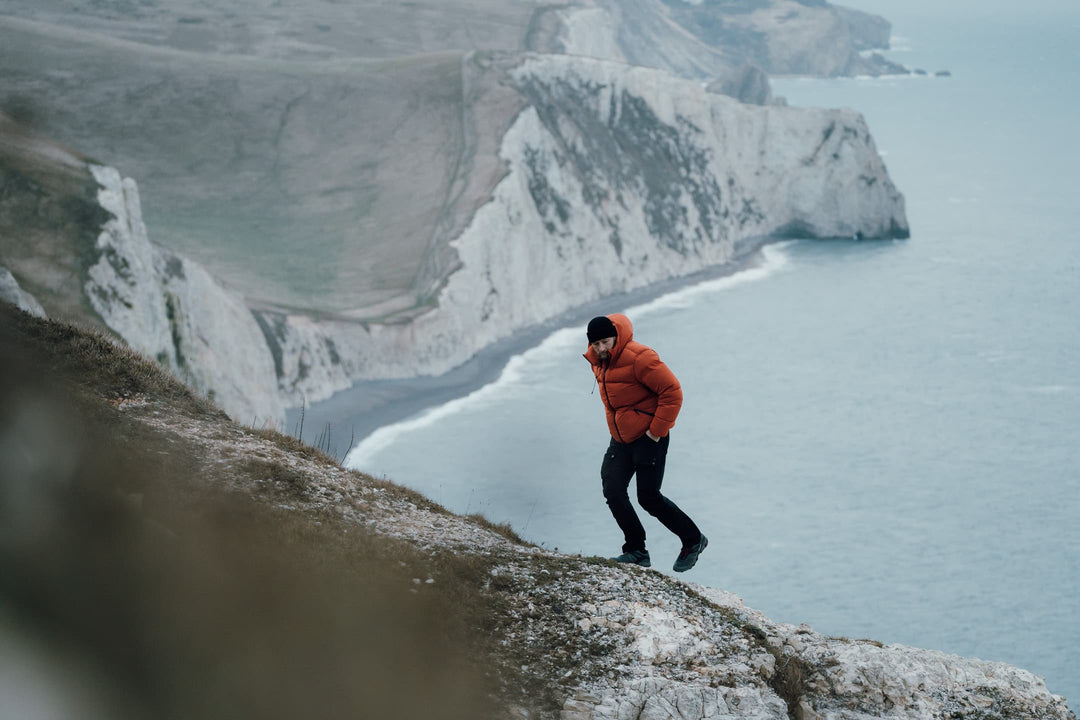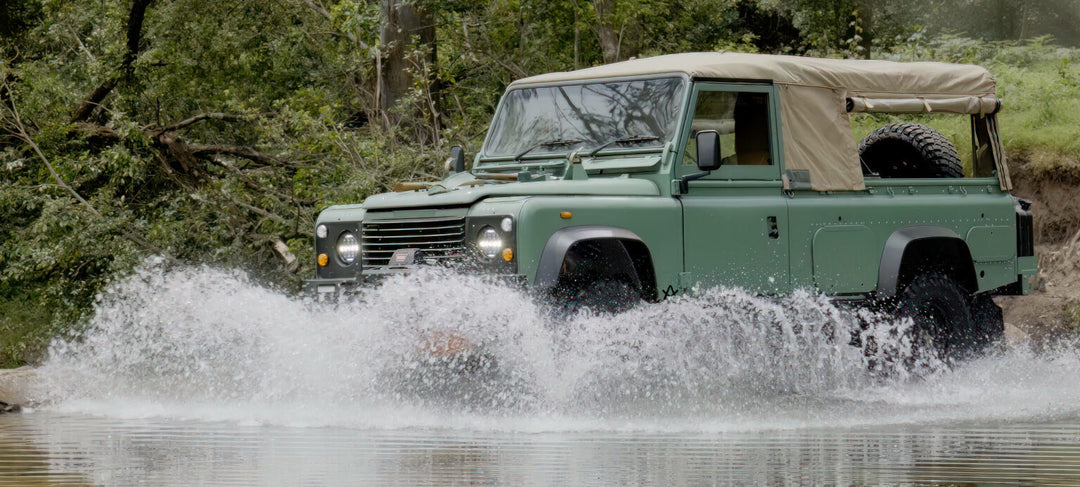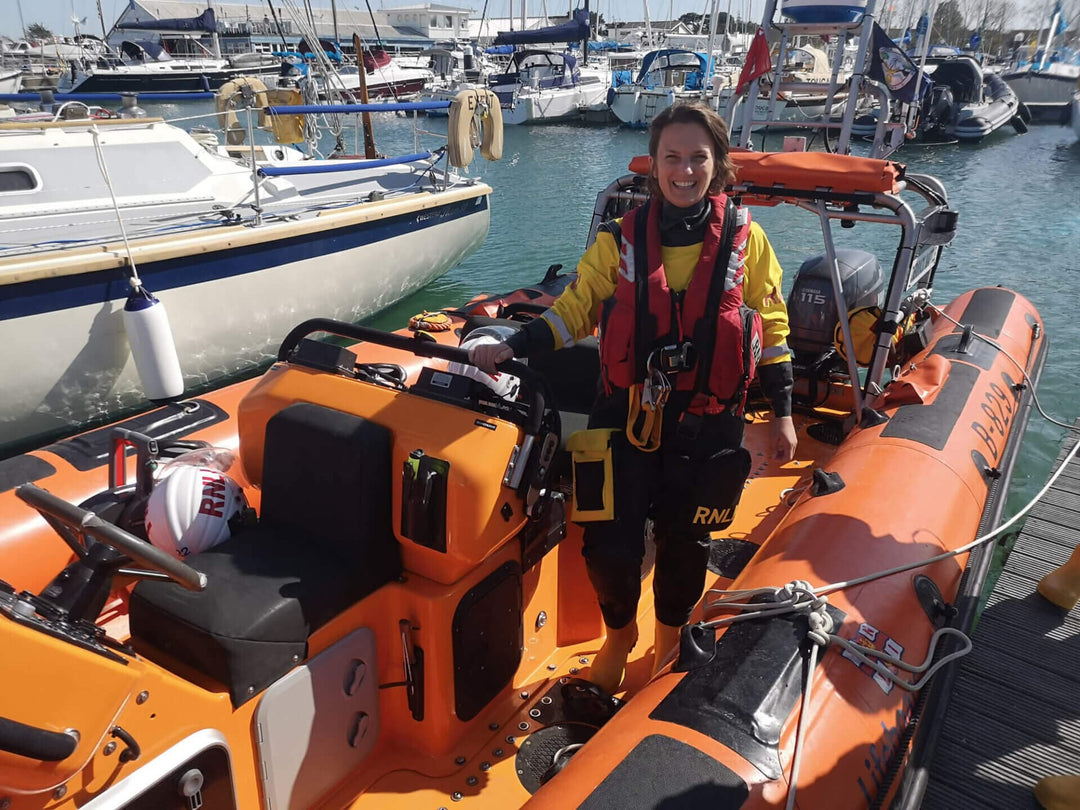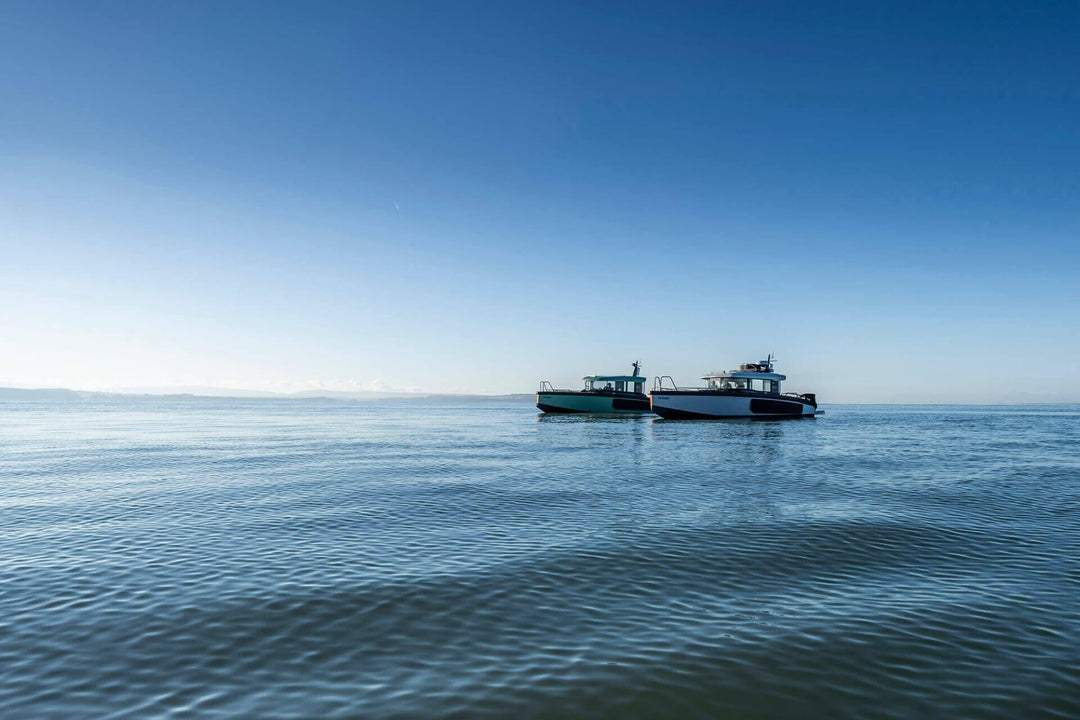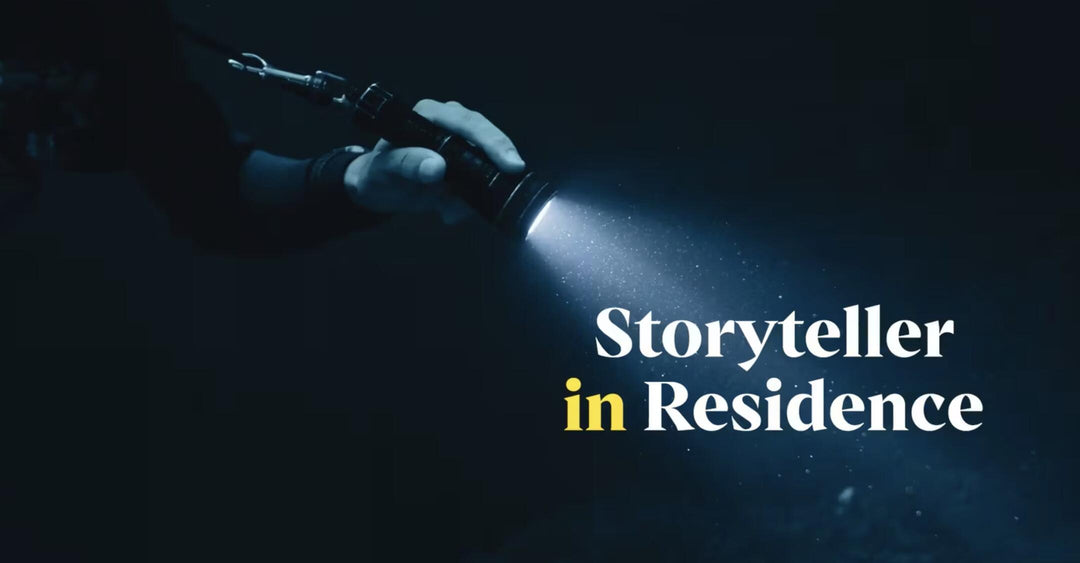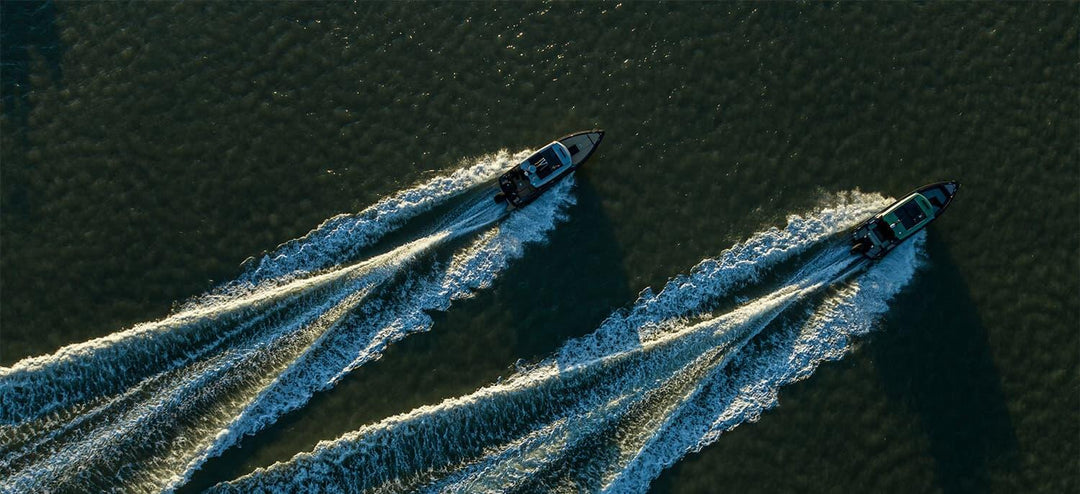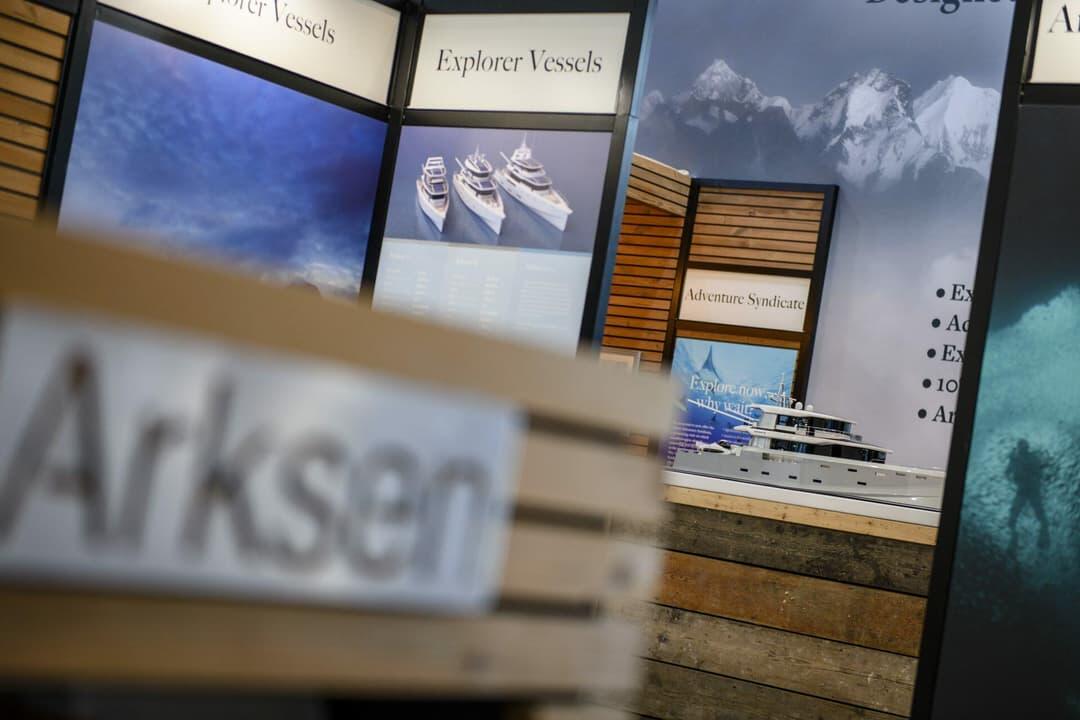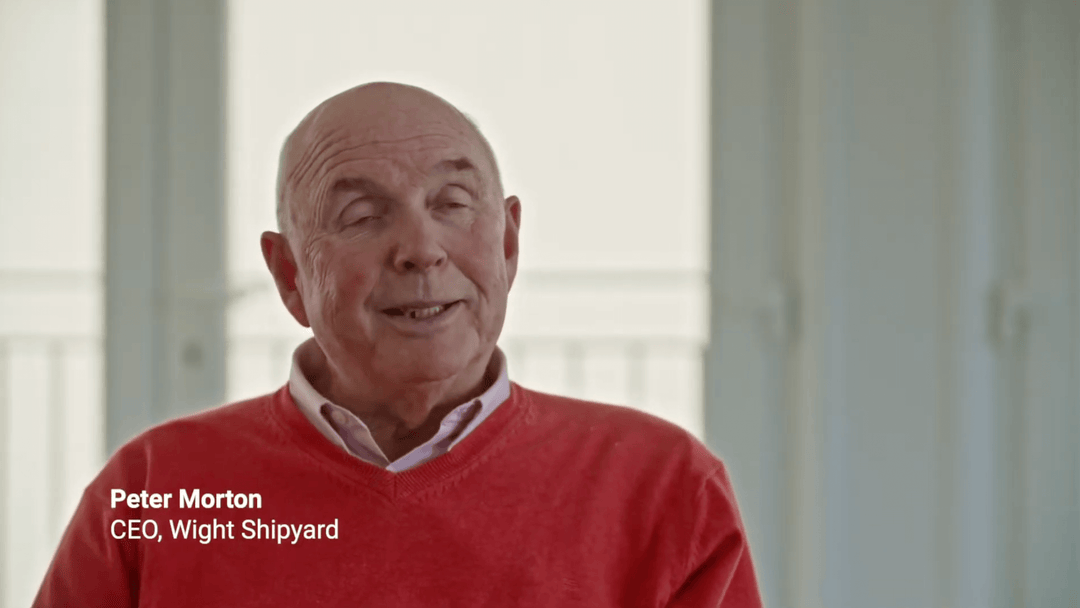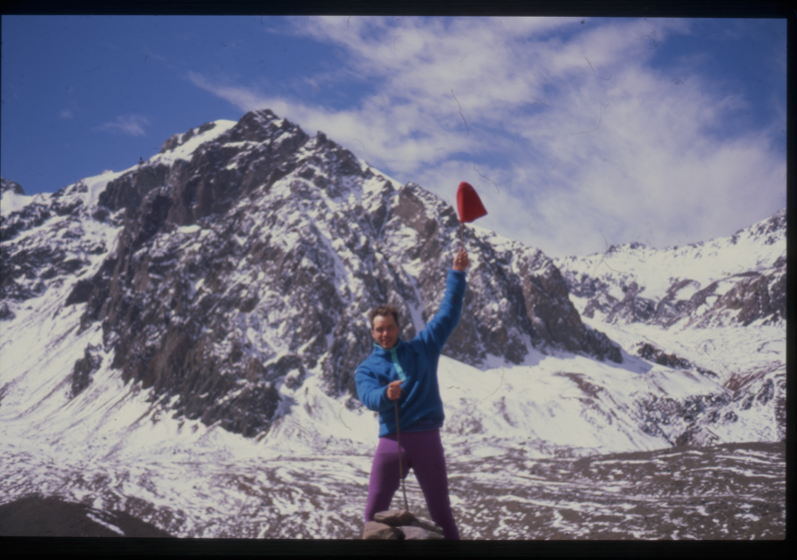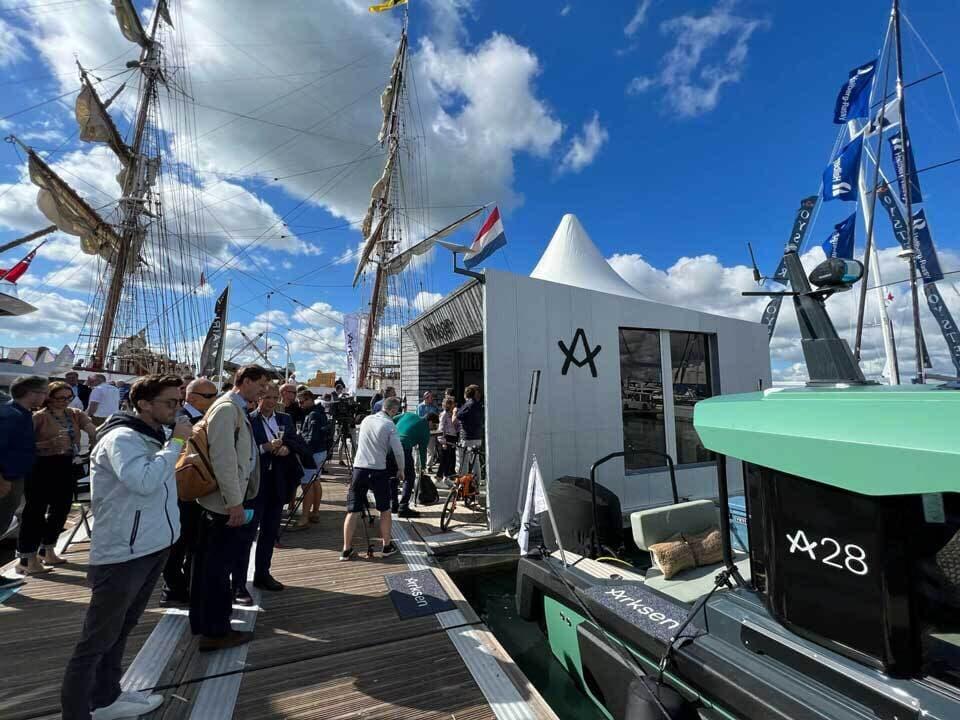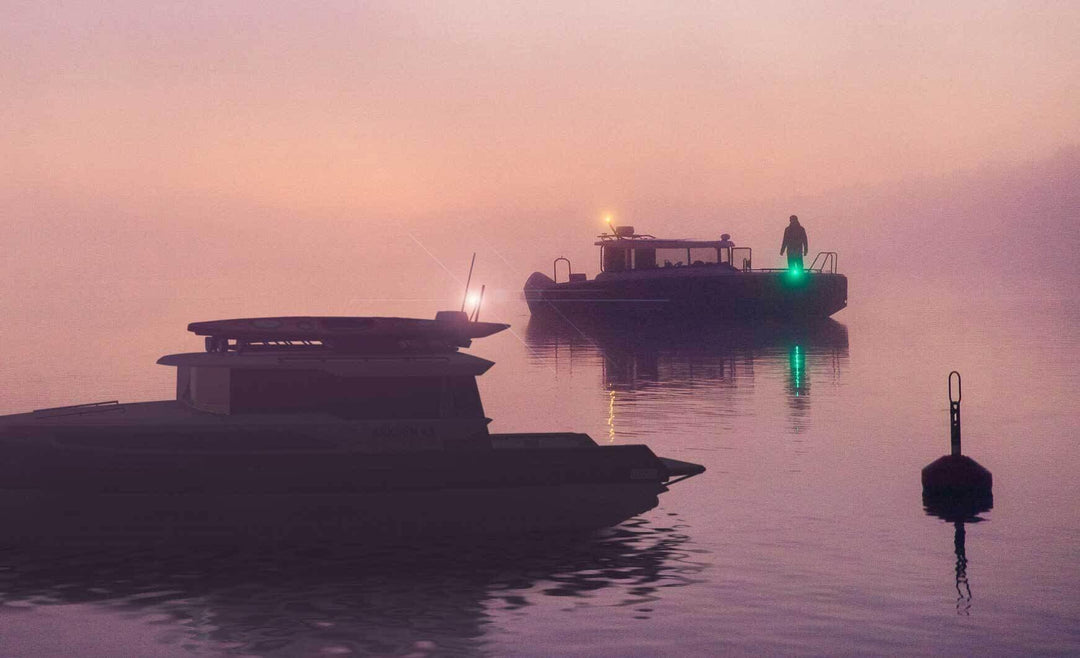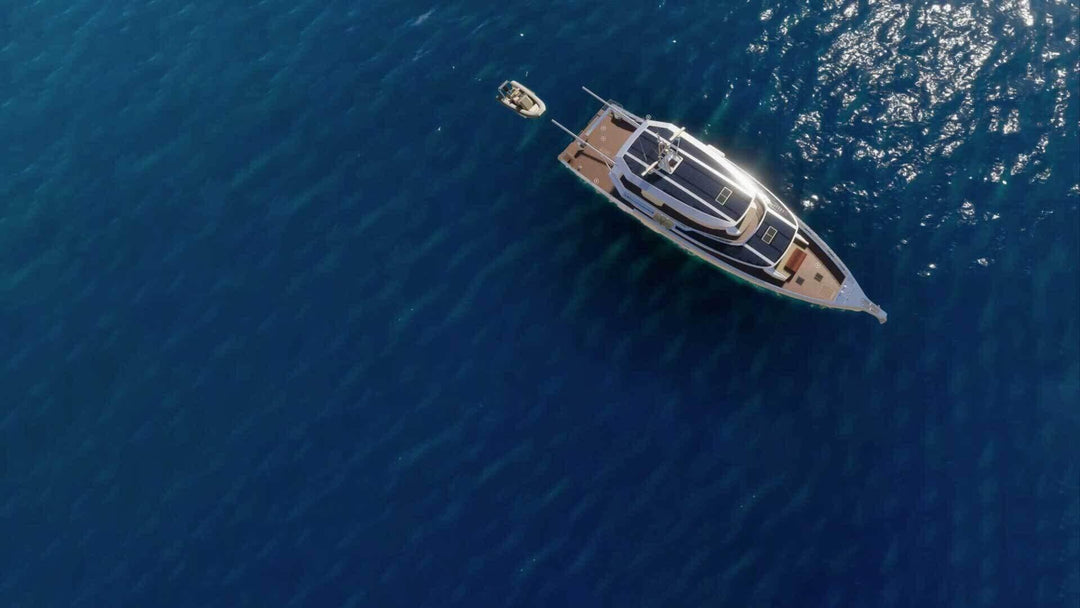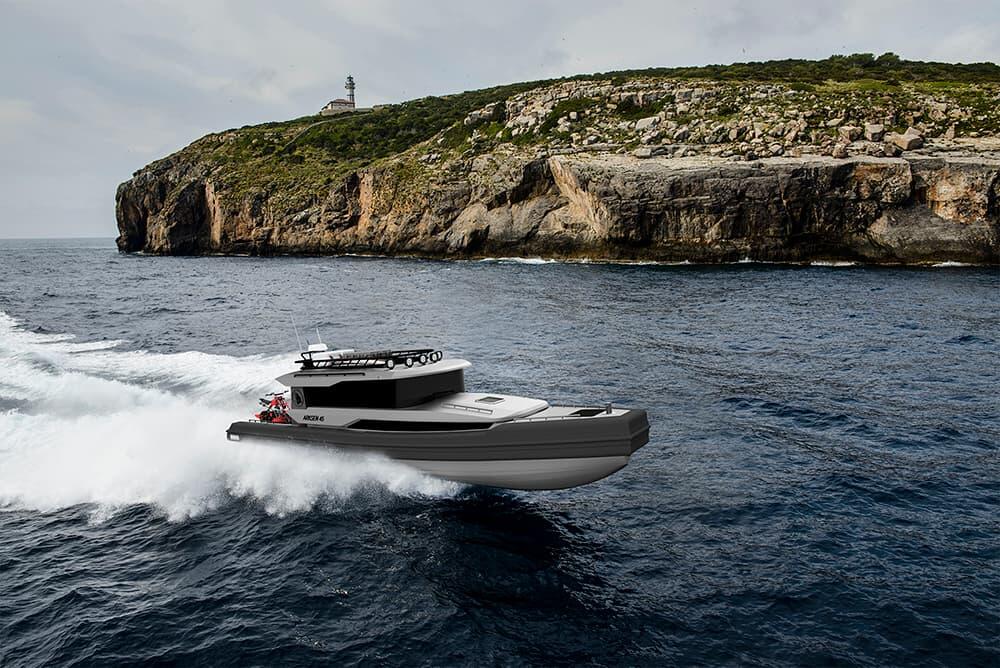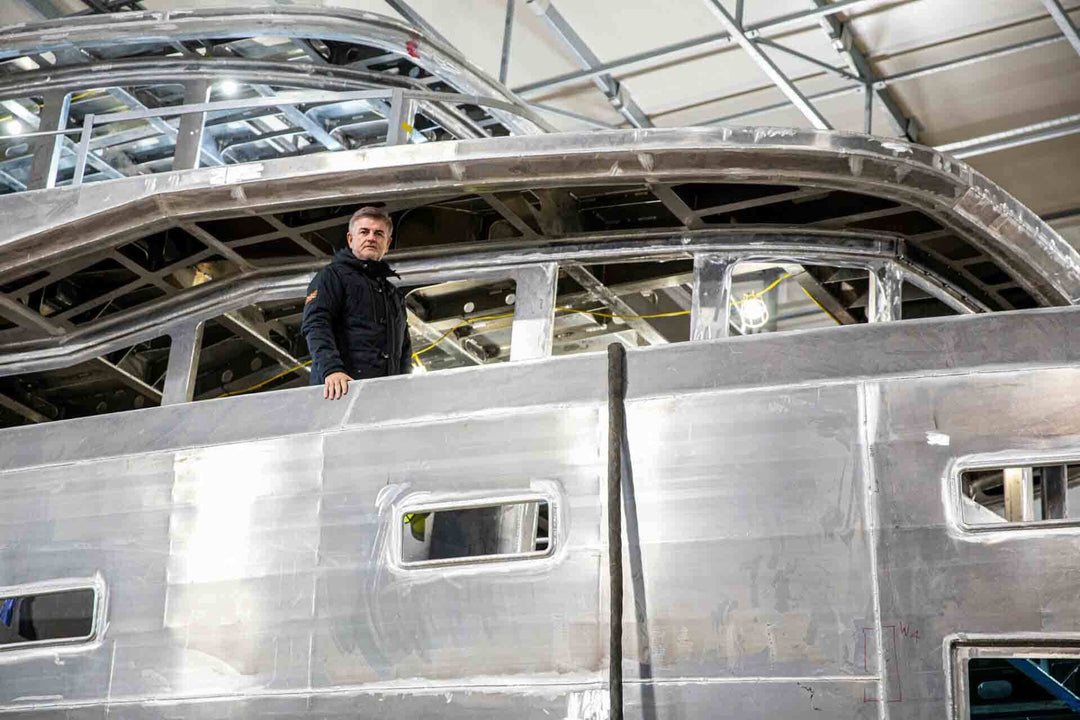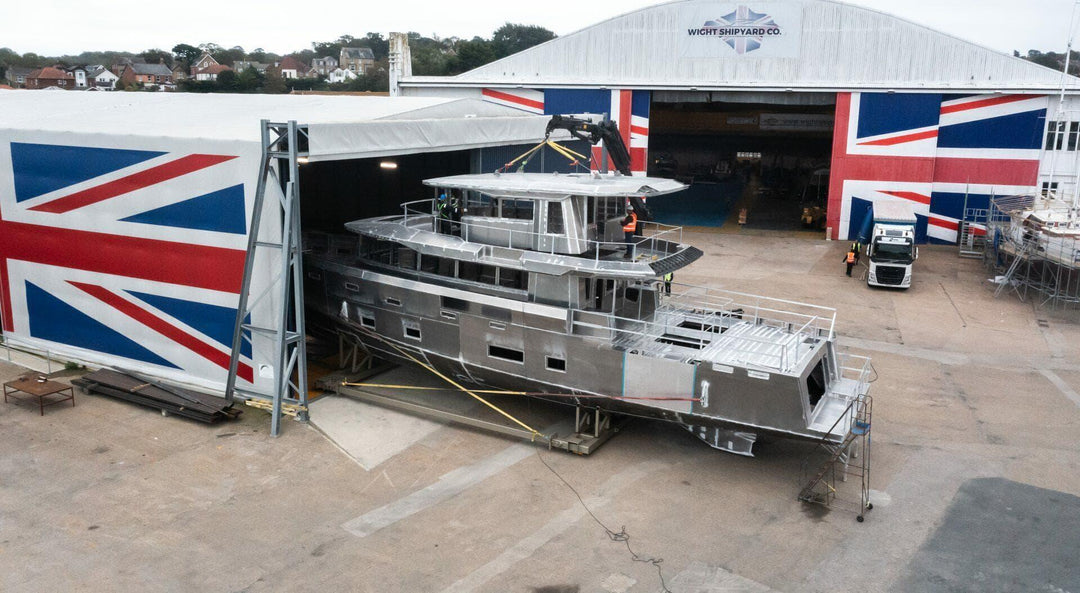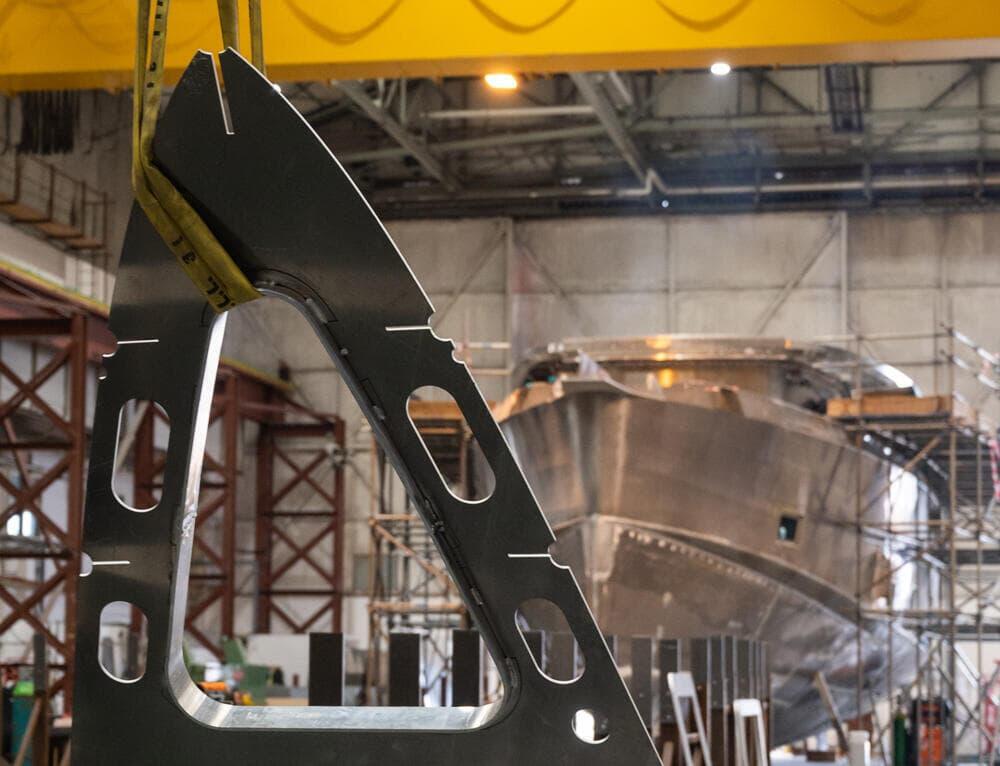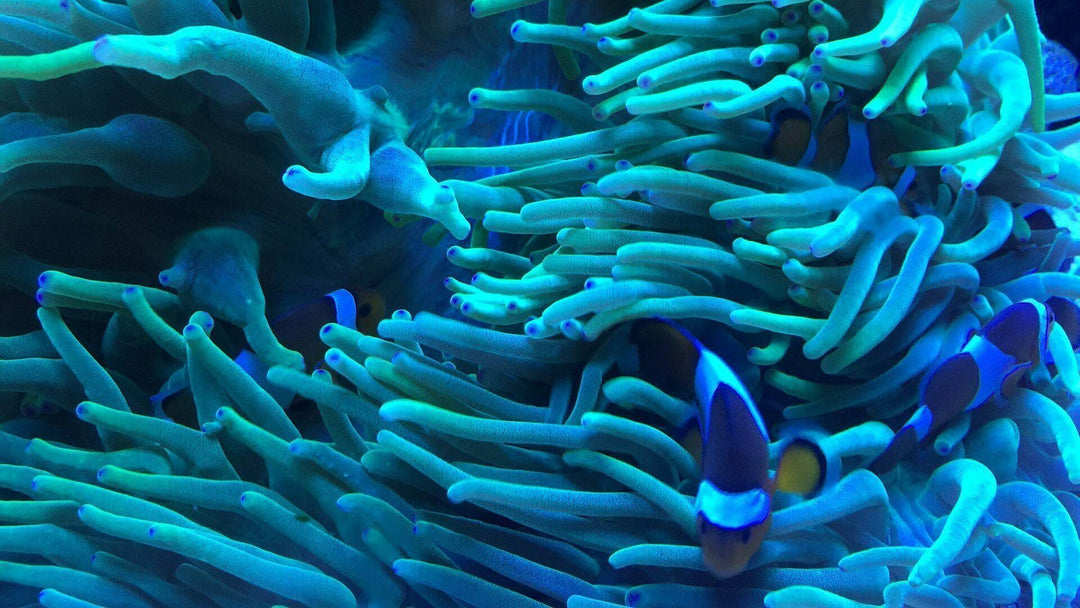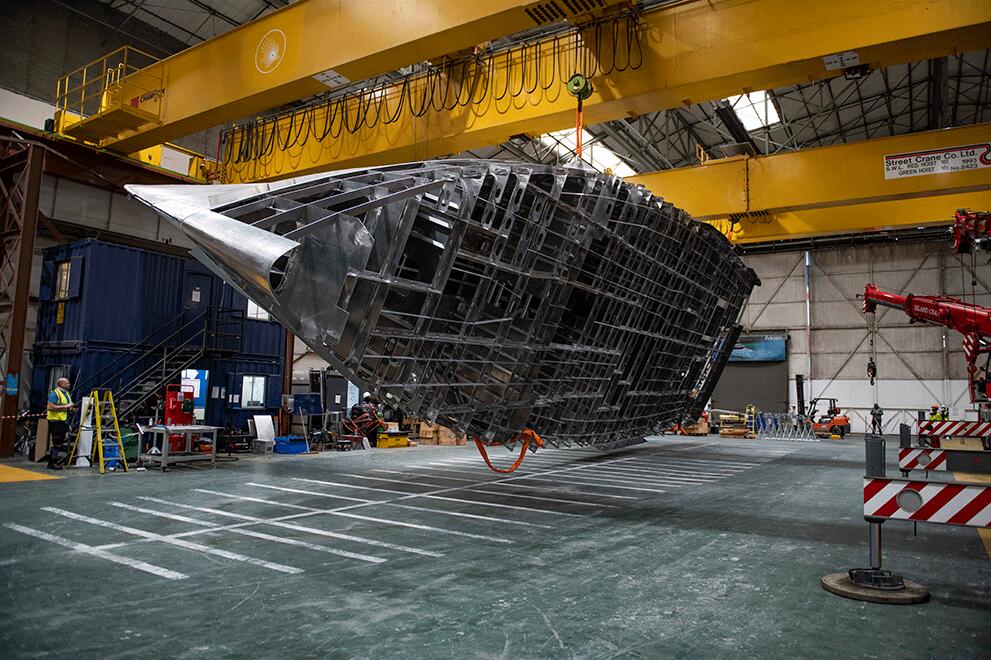Efficiency
In designing the Arksen vessels we sought to take the most up to date data from the professional race sailing community and apply it to an explorer vessel. Creating a hull that is exceptionally slippery, fast and efficient and that has the ability to slide across the water, not only improves safety but also significantly improves fuel economy. This same approach is used to create garments that performs in extreme environments and overland vehicles designed for long range and remote expeditions.
Range
Our authentic explorer vessels have exceptional range with fuel capacity for a full season or more of cruising. Similarly our overland vehicles are all equipped with long range tanks. When you are discovering those secluded locations, you want to be able to refuel when and where is convenient to you.
We want you to enjoy those virtually untouched destinations and not suffer from range anxiety, to be in the moment when the Aurora borealis dances across the night sky and not have your head down planning your next stop to refuel. This coupled with storage for up to three months on the move means your adventure of a lifetime is easily accessible.
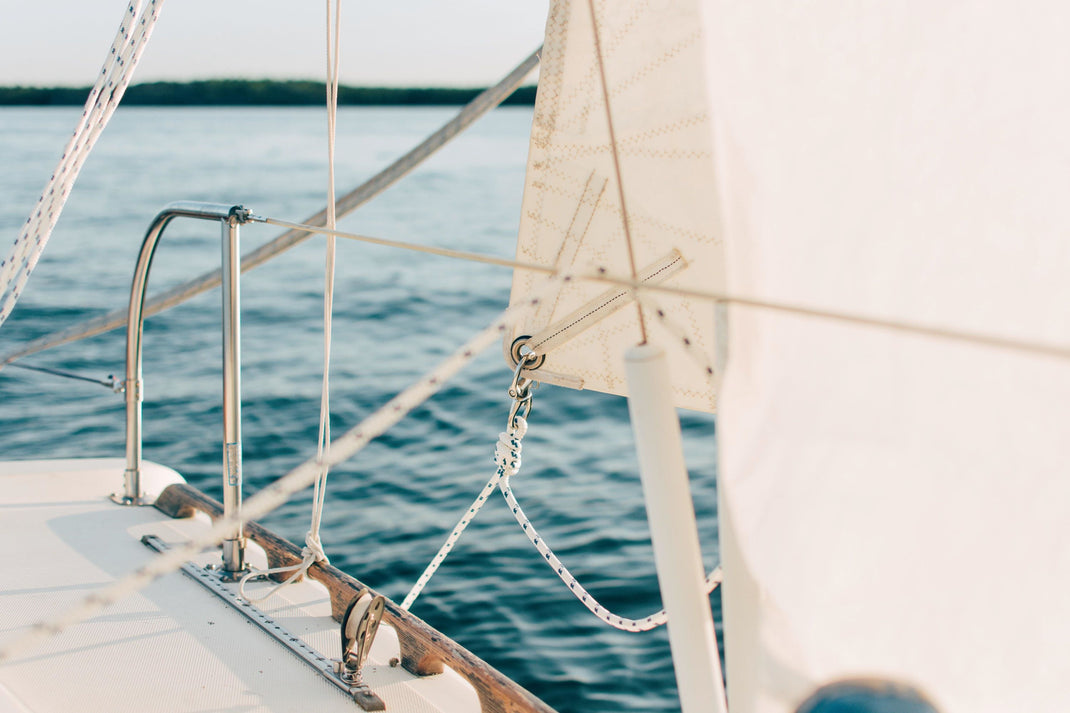
The Sound of Silence
Many of our marine customers have come from sailboat backgrounds. They are used to hoisting the sails, turning the engine off and letting nature carry them forward – in silence. The thrum of an engine can be an anathema, and in many motor boats the ambient noise can become unbearable. Also, in recent years the ‘noise pollution’ in the oceans has come to light and its impact on the marine ecosystem in how marine animals locate prey and direct themselves back to their breeding grounds. With this in mind our vessels have been designed to minimise NVH (noise, vibration and harshness) and are considered exceptionally quiet. Our vessels are available with hybrid diesel electric propulsion systems.
When exploring the Norwegian Fjords or the west coast of Greenland we expect something much closer to silence. Near silent operation of the vessel is possible when the hybrid propulsion option is chosen. This is the same approach that has been used in hybrid cars for many years and facilitates a number of significant advantages; maximising efficiency, saving fuel, reducing ambient noise and allowing period of silent operation.
In the future, as regulations tighten up on pollution and noise, we expect all long-range motor vessels to have this functionality – but for now, this is another uncommon feature of the Arksen Explorer series.
Our Land Rovers are also available in EV format.
Marine autonomy
There is a significant focus on autonomy in cars and gradually it is being applied to the commercial marine sector. We envisage a day in the not too distant future when many commercial ships will be able to cross oceans on a fully autonomous basis. In designing our vessels, we have ensured that we are fully autonomy ready, backed by a vision that Arksen users, or a mission control centre, in the future will be able to programme vessels to navigate huge distances without them on board.
This may be a valuable time saving device, allowing an owner to have their vessel where they need it at a given time without having to invest weeks or months of their time. This approach would allow the vessel to cruise at low speed, saving fuel. More significantly, robotic sailing devices could contribute to monitoring of environmental, ecological, meteorological, hydrographic and oceanographic data – all things that we are passionate about.True ocean autonomy has been hampered by poor communications, however this is now changing rapidly. This is a quantum leap for “uncrewed” ships navigating the seas. Changing winds and sea conditions also presents a considerable challenge for short and long-term route and stability planning, collision avoidance and boat control.
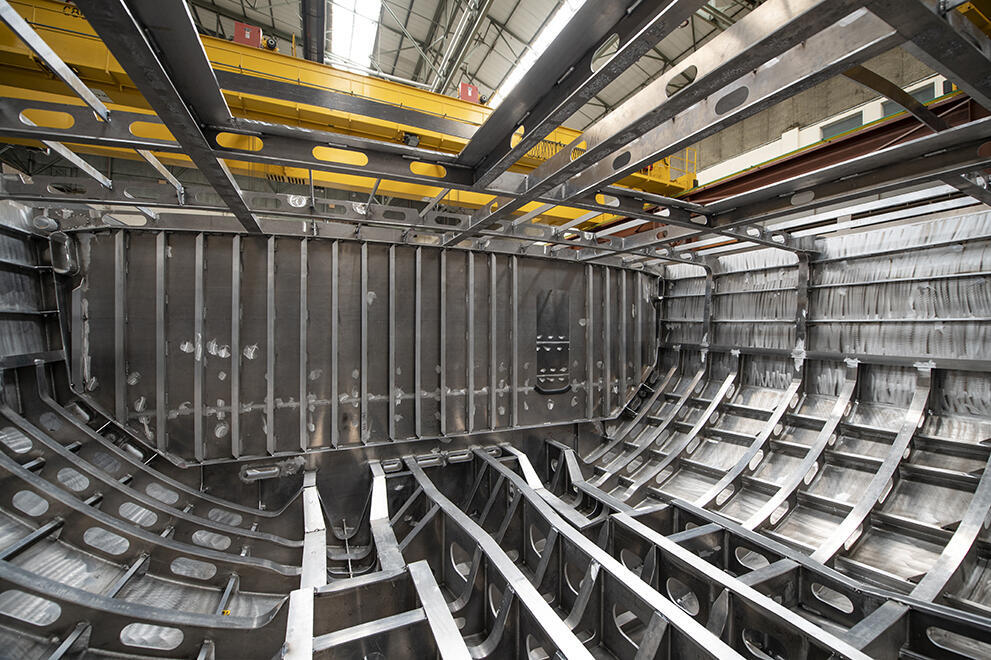
Recovery from Capsize
The hull shape, stability curve and lack of a keel to allow the vessel to slide sideways to absorb wave energy makes the Arksen range extremely capable in big seas. We have designed for a worst-case scenario; however unlikely such an event might be. Assuming full water tanks, and half fuel, the Arksen 85 has 180 degrees of positive stability, giving her self-righting ability.
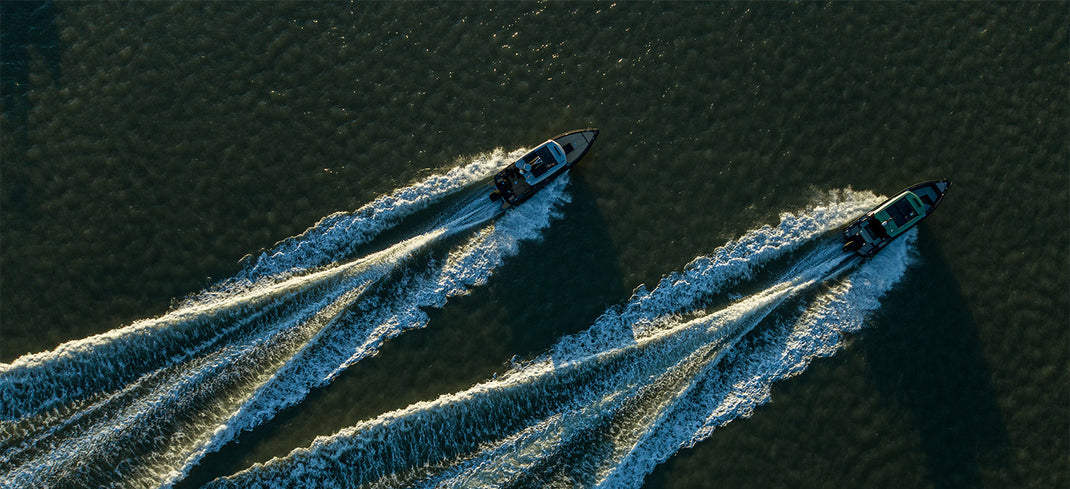
Autonomy
There is a significant focus on autonomy in cars and gradually it is being applied to the commercial marine sector. We envisage a day in the not too distant future when many commercial ships will be able to cross oceans on a fully autonomous basis. In designing our vessels, we have ensured that we are fully autonomy ready, backed by a vision that Arksen users, or a mission control centre, in the future will be able to programme vessels to navigate huge distances without them on board.
This may be a valuable time saving device, allowing an owner to have their vessel where they need it at a given time without having to invest weeks or months of their time. This approach would allow the vessel to cruise at low speed, saving fuel. More significantly, robotic sailing devices could contribute to monitoring of environmental, ecological, meteorological, hydrographic and oceanographic data – all things that we are passionate about.
True ocean autonomy has been hampered by poor communications, however this is now changing; Inmarsat recently launched its third Global Xpress satellite to provide broadband data almost anywhere in the world. This is a game changer for the concept of “uncrewed” ships navigating the seas. Changing winds and sea conditions also presents a considerable challenge for short and long-term route and stability planning, collision avoidance and boat control. Through partnerships, Arksen aims help solve some of the truly complex and multi-disciplinary challenges that lie ahead for boat designers, naval architects, systems/electrical engineers and computer scientists.


